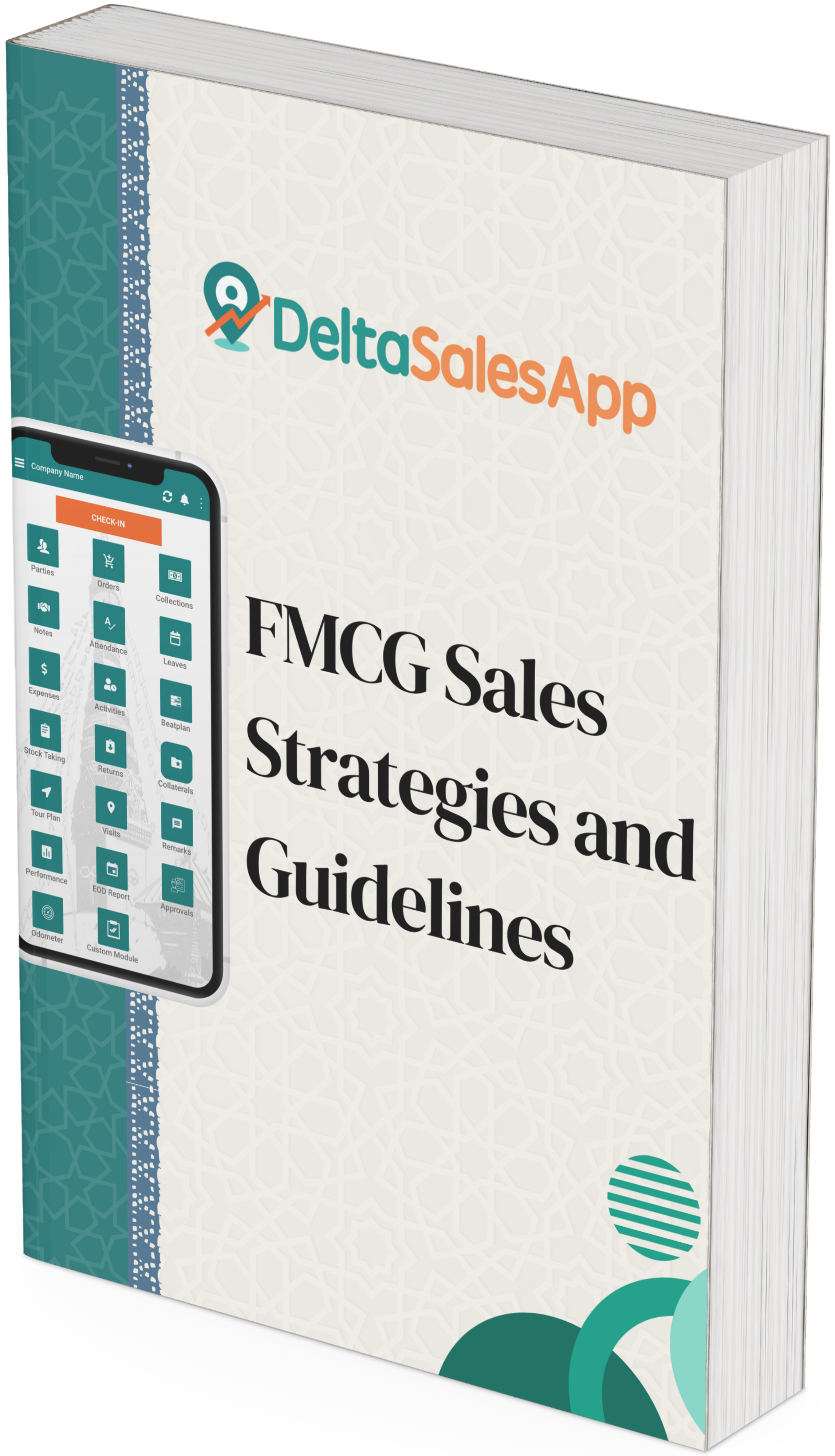Outlet Classification in FMCG industry
_1672992017.png)
In the FMCG distribution business, it is crucial to classify outlets in order to prepare schemes & offers for various outlet classes. Outlet classification contributes to sales by enabling tailored schemes & offers.
Here we will discuss outlet classification for both new and existing businesses. New businesses have little or no data related to consumers, whereas established ones have data on their consumers.
New Businesses
When the business is new and has no data, Department Stores, Grocery Stores in busy markets & shops with double shutters fall into Class A outlets. Similarly, Class B outlets are those shops where we can partially enter into it, also called L-shaped shops. Likewise, those shops that are on the main roads and highways can also be put into Class B outlets. The rest of the outlets which are on the inner roads & streets are classified as Class C outlets.
Established Businesses
For established businesses who have data, when it comes to classifying outlets, the 10-20-30-40 guidelines approach is often used. This approach is based on experience rather than hard and fast rules. According to this approach, the top 10% of outlets contribute around 40% of the sales value and are classified as Class A outlets. Similarly, the next 20% of outlets contribute to 30% of the sales value and are referred to as Class B outlets. The next 30% of outlets contribute to 20% of the sales and are classified as Class C outlets.
Finally, the remaining 40% of outlets contribute to 10% of the sales and are categorized as Class D outlets. One thing that's interesting about this classification is that the percentage in the outlet column is 10-20-30-40, while in the contribution column, it's the opposite, 40-30-20-10. So we can see that sales are decreasing in the same proportion that outlets are increasing. These guidelines will be helpful for a salesman as they would give him proper knowledge to sell products according to the type of outlets.
To manage outlet classification more effectively, many FMCG companies today rely on field sales automation software. These tools help track outlet types, monitor performance, and plan visits more strategically.
For businesses that want to go a step further, a mobile CRM can centralize all outlet data — from contact details to sales history — making it easy for the team to access the right information anytime.
As your business grows, investing in secondary sales automation also helps ensure that product movement across the distribution chain is monitored and optimized regularly.
How Companies Manage their Customers Information?
Nowadays, due to the advancement of mobile app technology, field sales automation software is recommended. Using such apps can help in keeping all customer information including their contact details, geo-location, outlet class, and all other details in one place. This gives an edge to your sales team as they have all the necessary information on their fingertips.
It is also very important to choose the right Sales Force Automation App which suits your business needs.
FAQs
Q1. What is outlet classification in FMCG?
Outlet classification in the FMCG industry refers to the categorization of retail stores based on factors like size, location, sales volume, or structure. This helps companies plan targeted promotions and product distribution strategies.
Q2. Why is outlet classification important for sales?
Outlet classification allows FMCG brands to tailor trade schemes, discounts, and offers according to outlet potential. This maximizes sales efficiency and ensures the right product mix reaches the right stores.
Q3. What is the 10-20-30-40 rule in outlet classification?
This guideline is often used by established FMCG companies. It suggests that the top 10% of outlets contribute 40% of sales (Class A), the next 20% contribute 30% (Class B), the next 30% contribute 20% (Class C), and the remaining 40% of outlets contribute only 10% (Class D).
Q4. How can new FMCG businesses classify outlets without data?
New businesses often rely on visible traits—like store size, foot traffic, or location. For example, large department stores and double-shutter shops in busy areas may be considered Class A, while smaller or inner-road shops may fall into Class C.
Q5. How can companies manage outlet classification effectively?
Using a Sales Force Automation App or field sales software allows FMCG brands to manage customer data in real time, including outlet class, location, and sales trends. This keeps the sales team well-informed and improves field execution.
Also Check
👉 The Future of Outlet Classification: Emerging Trends and Technological Advancements
👉 How to Maximize Scheme Penetration in FMCG Sales: Key Insights and Solutions?
Pro Tip
Looking for a robust Distribution Management System? Book a free demo of Delta Sales App and explore how it simplifies distributor workflows, improves field sales, and boosts ROI.









